.webp)
© History Oasis
Note: Prime Osborn and Hays Watkins initially served as co-CEOs from 1980 to 1982 following the merger that created CSX Corporation, with Osborn retiring in 1982 and Watkins becoming the sole CEO.
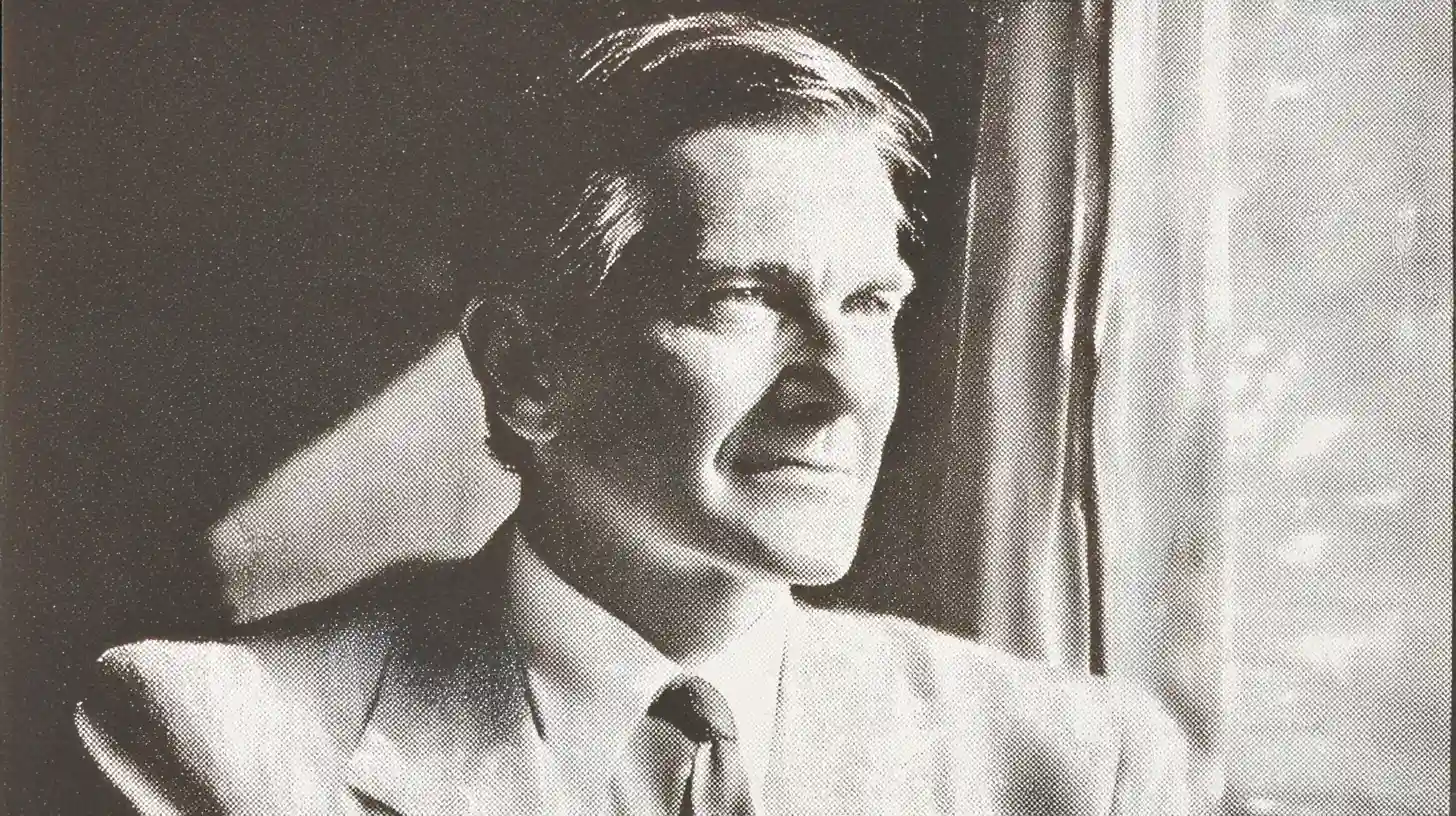
1980-1982
Born in poverty in Alabama, Osborn arrived at university with 65 cents. He rose to become a decorated WWII artillery officer before entering the railroads. As Seaboard Coast Line's leader, he engineered the 1980 merger, creating CSX Corporation. He co-invented the "CSX" name with partner Hays Watkins—the X meant "unknown or more."
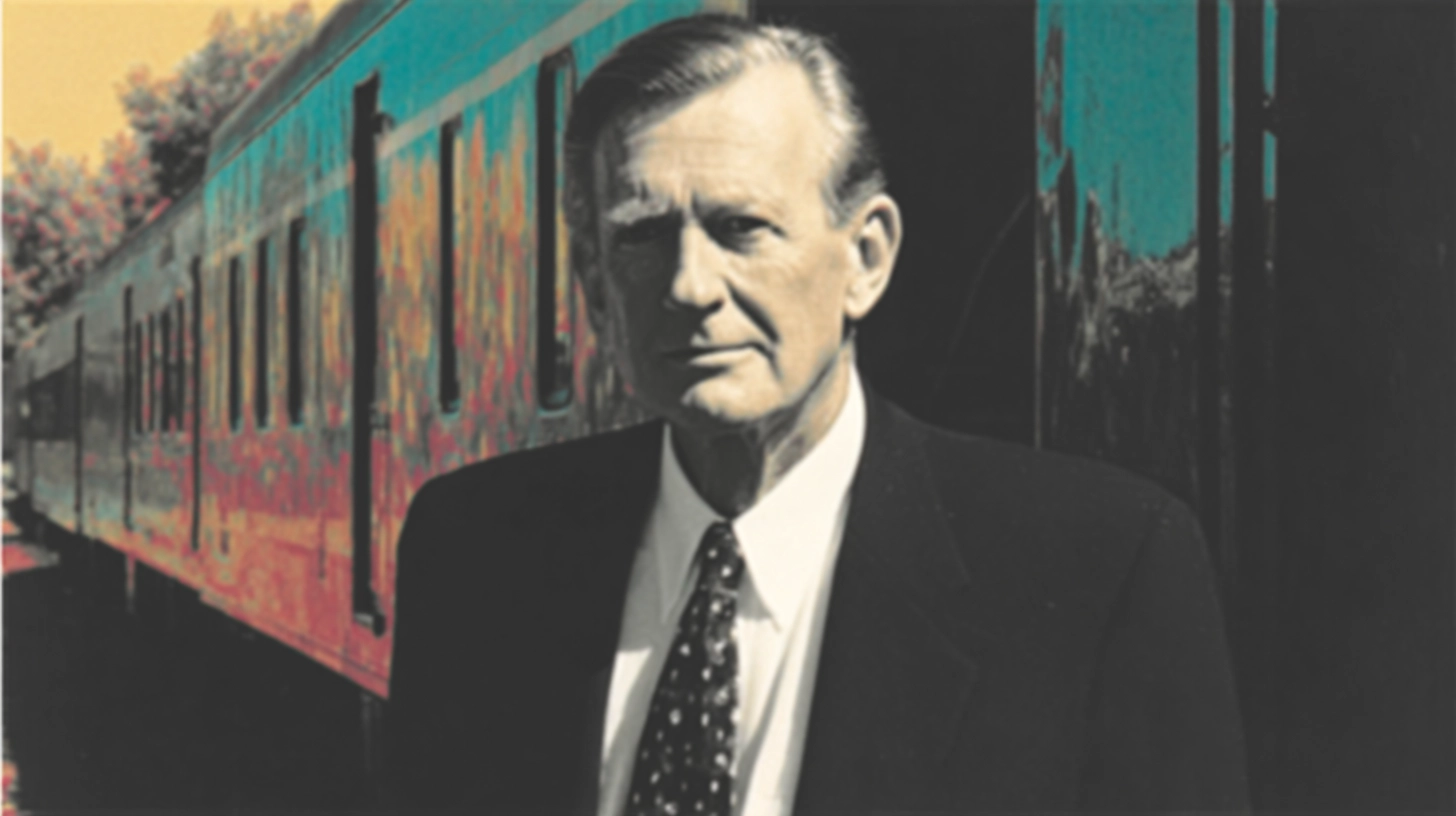
1982-1991
A Kentucky native who started as a finance analyst in 1949, Watkins proved unusually gifted with numbers from age four. He fired a president for spending $2 million on tennis courts at the company's Greenbrier resort. Watkins transformed CSX from a railroad into a transportation empire, buying gas companies, pipelines, barges, trucking, and the world's largest container shipping line. Named Railway Age Railroader of the Year in 1984.
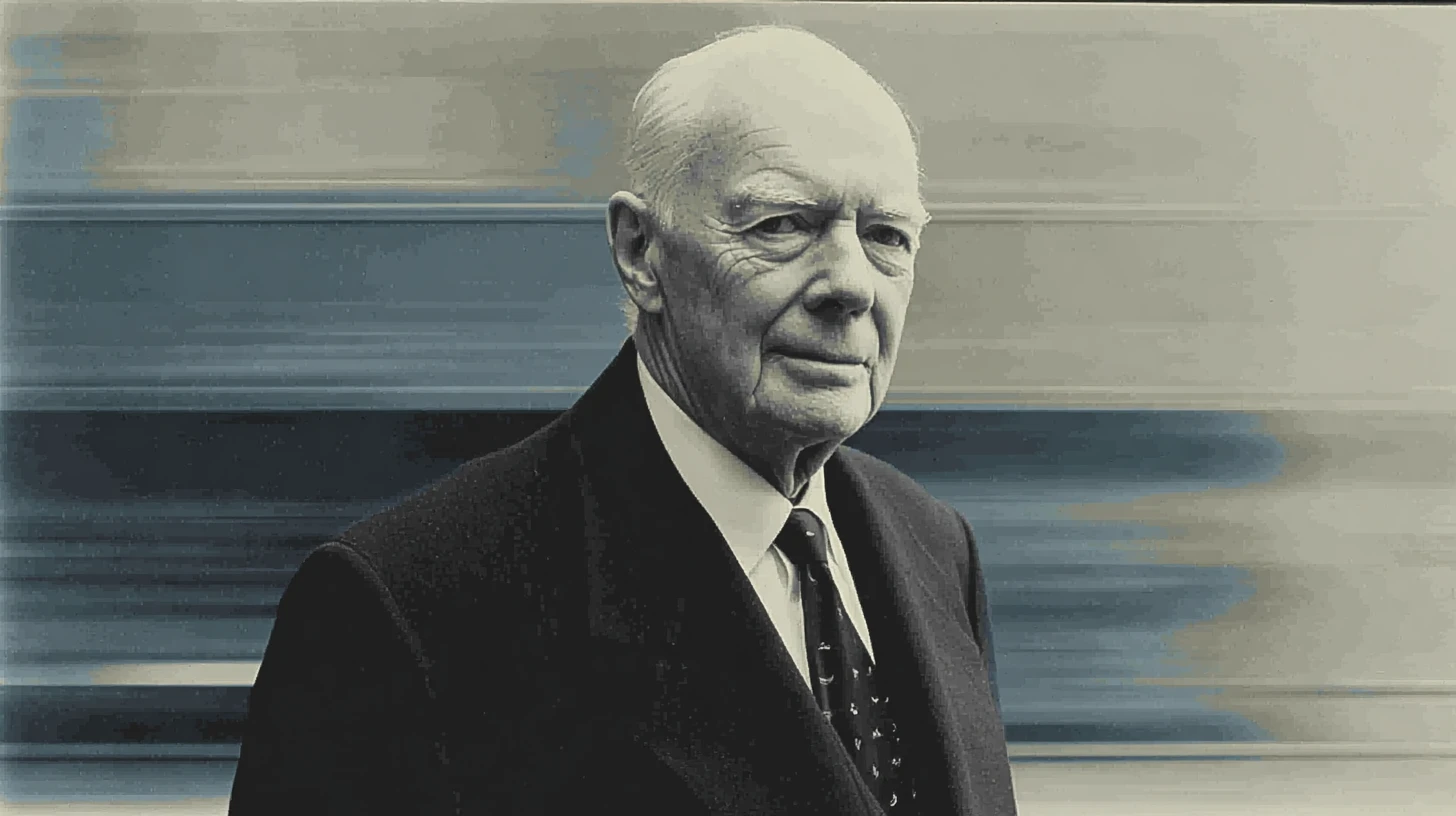
1991-2003
A lawyer-economist who joined CSX in 1977 from the Department of Transportation, where he helped deregulate the industry. Snow's tenure featured widespread deferred maintenance—a practice that improved profits while tracks deteriorated, forcing the railroad to lease hundreds of additional locomotives. He left CSX when President Bush nominated him as Treasury Secretary in 2003. Later forced to resign from Treasury after failing to pay taxes on $24 million in loan forgiveness from CSX.

2003-2017
A 25-year railroad veteran who rose through diverse roles from chief financial officer to coal business leader. Ward ended Snow's deferred maintenance practices and moved CSX headquarters from Richmond to Jacksonville in 2003. His 14-year reign ended abruptly in 2017 when activist investor Mantle Ridge demanded his removal and the hiring of Hunter Harrison.
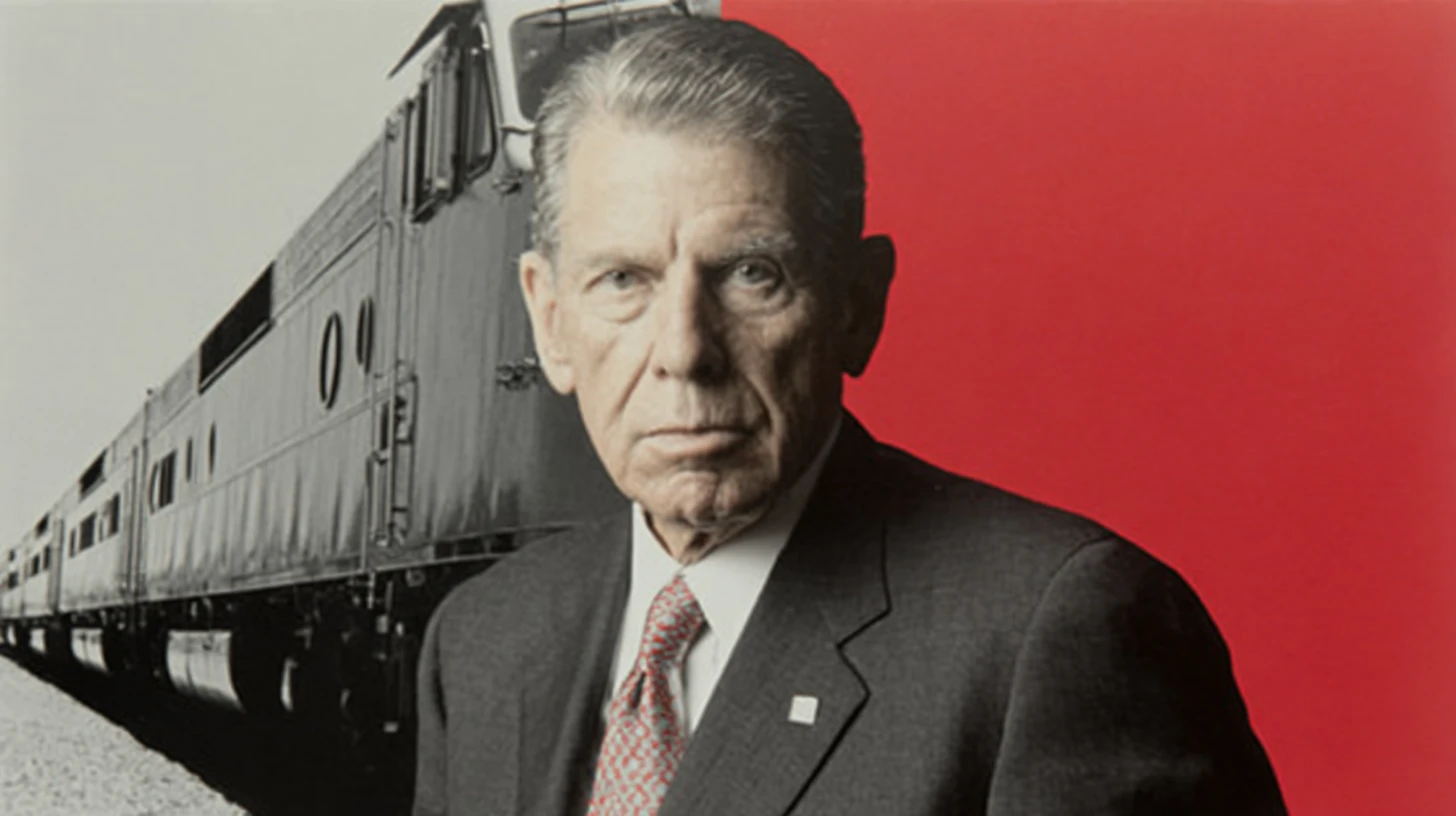
March 2017-December 2017
The legendary "four-time CEO" who had transformed Illinois Central, Canadian National, and Canadian Pacific with his Precision Scheduled Railroading model. CSX paid him roughly $300 million to quit Canadian Pacific and join their turnaround effort. Harrison fired 4,000 workers and mothballed nearly 1,000 pieces of equipment in nine months, causing massive service disruptions. He died December 16, 2017, at age 73, just two days after taking medical leave.
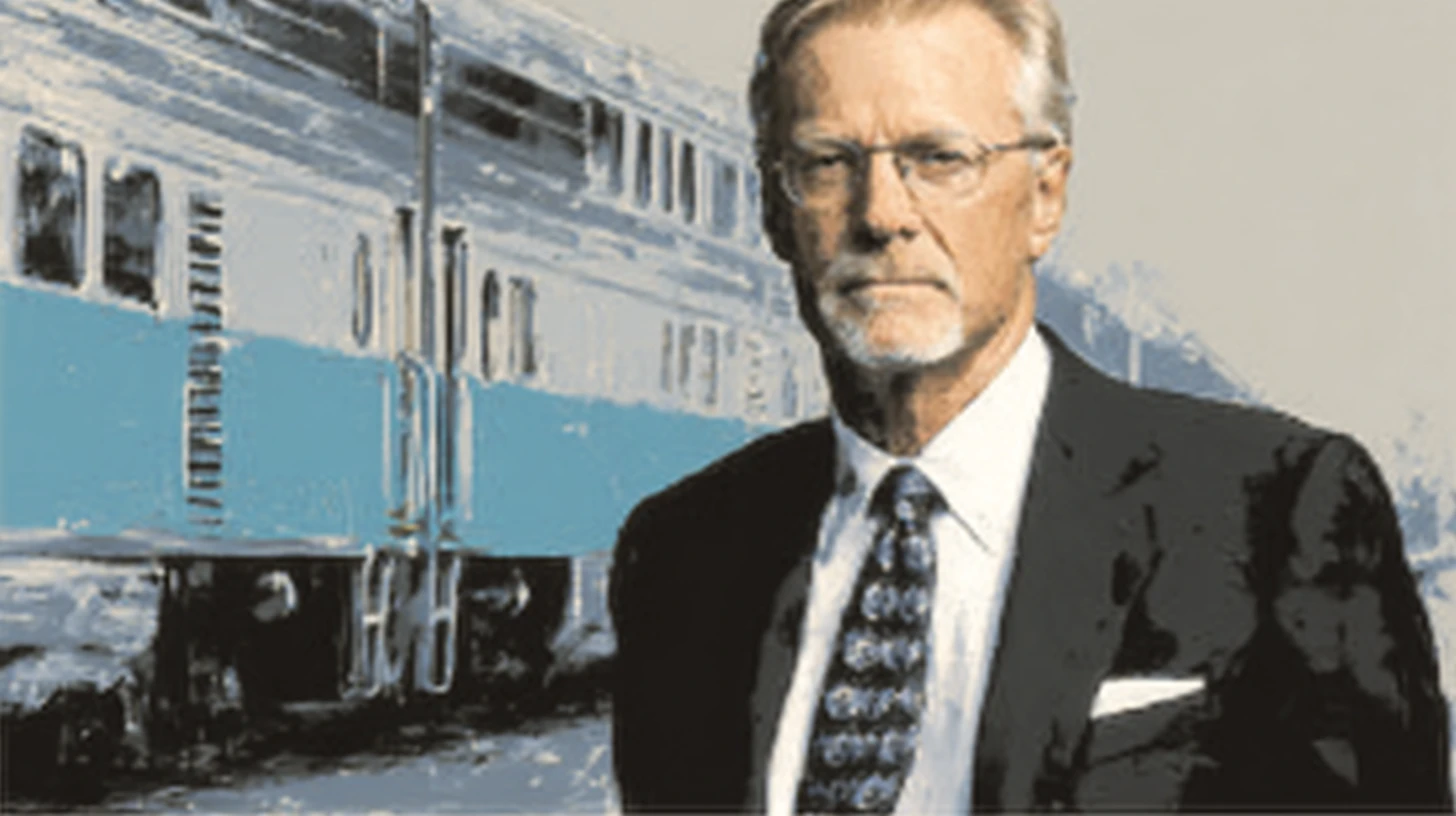
2017-2022
Harrison's handpicked successor, who had worked under him at Canadian National for 11 years. Foote stabilized the chaos Harrison created, leading CSX to record performance with the operating ratio improving from 69.4% to 58.4%. Known for brutal honesty: "It took the railroad industry decades of poor service to drive business off railroads onto trucks."

2022-Present
Former Ford Motor Company president who managed $160 billion in automotive operations and 200,000 employees worldwide. The logistics CEO is focused on repairing employee relations damaged during the Harrison era through his "ONE CSX" strategy. Named Railway Age Railroader of the Year in 2025 for improving management-labor relations.